Creating Emotion in Games: The Craft and Art of Emotioneering by David E. Freeman (2003-10-11)
$37.20
Creating Emotion in Games (04) by Freeman, David E [Paperback (2003)]
Read more
35 reviews for Creating Emotion in Games: The Craft and Art of Emotioneering by David E. Freeman (2003-10-11)
Show all
Most Helpful
Highest Rating
Lowest Rating
Add a review
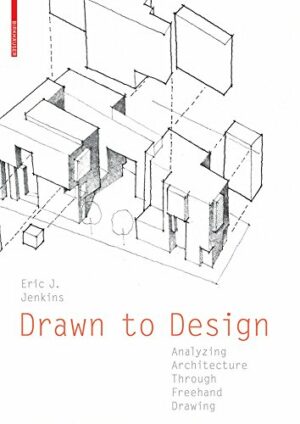
Drawn to Design: Analyzing Architecture Through Freehand Drawing
★★★★★
Sold by digitaldelights
$40.44
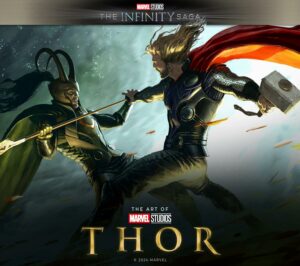
Marvel Studios The Infinity Saga – The Art of Thor: Thor: The Art of the Movie
★★★★★
Sold by digitaldelights
$30.14
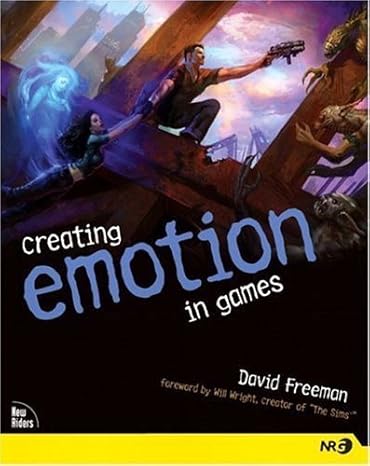
Creating Emotion in Games: The Craft and Art of Emotioneering by David E. Freeman (2003-10-11)
$37.20



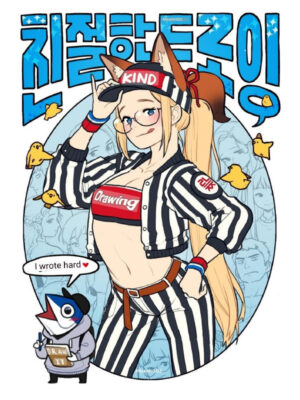




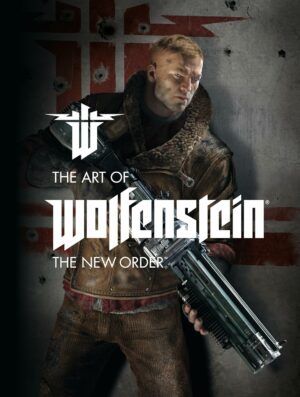

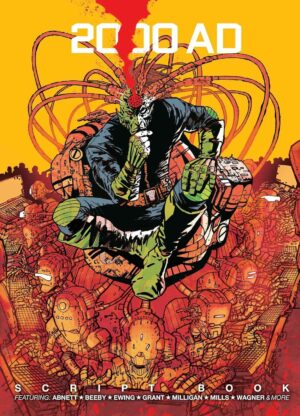

Lonnie Jones –
It does tell you a lot of techniques, but it doesn’t tell proper practice. Its ok for game design since the (western) industry isn’t very sentimental when it comes to games. Mostly the Japanese are coming out with RPGs with a lot of sentiment. I think its good that someone is trying to help with dry gaming. I do like games like unreal, tetris, street fighter, which have little to no plot, but I don’t like to be a weapon of mass destruction without a cause.
The book can be comparable to a core paper-pencil rpg book for storytellers.
As far as “emotioneering,” I think its a catch phrase. And many of the dimensions used for creating characters you could get out of a white-wolf book.
Overall, the book is good at telling you how to use techniques for characters and story/plot. Its cheaper than taking a scriptwriting class or a creative writing class.
Jeffery V. Elsinger –
Probably the best book I read in College.
Andie –
Mr. Freeman has captured, in a delightfully readable way, enough practical techniques to help me master my craft (and inspire my art) from here until I cack.
My disclaimer: I am a playwright and a choreograher so I am jumping genres here.
That disclaimed, I devoured the book and am now going back section by section, rewriting my current script utilizing his methods for creating deep and interesting characters, plot structures, dialogue, etc.
Mr. Freeman makes the claim, and I concur, that it is the subtle things, not easily discernable, that raises the magic and artistry and captures the audience.
He teaches carefully layered “deepening and interesting” techniques, i.e. “simple ways to create complexity” that he says will bring the players to your game and develop a loyal following for your product.
I believe the book is improving my competency by (the cliched) leaps and bounds. (Freeman suggests “find the cliche and throw it away”.) We shall see what audiences think when my next play opens!
Lee –
This book is well worth the shelf space, i bought this during university on my Computer Arts course. Anyone interested in game, and the creation of games should enjoy this. Going forward from Uni, i now have a job in the games industry, this book helped me with my dissertation and final project, creating compelling games experiences. Has also probably helped to shape my thoughts and expand my knowledge and any work i now go onto undertake.
B. Spang –
Ich habe mir das Buch vor längerem zugelegt um eine Hilfe zu haben beim schreiben einer Story für ein PC-Spiel, das ich zurzeit mit meinem Team erstelle. Und das Buch hat mir genau die Hilfe gegeben die ich gebraucht habe und dazu beigetragen der Story die entscheidende Würze zu geben.
Man bekommt erklärt wie man seinen Charakteren Leben einhaucht (sie charakterisiert) und sie zu einem “greifbaren” Menschen macht, der verschiedene Charaktereigenschaften besitzt und diese auch in seiner Handlung und Sprache zeigt und ausdrückt.
Hier eine kleine Auflistung der Themen welche behandelt werden:
– Interessantes und tiefgehendes gestalten von NPC’s, Parteien (Gruppen), der gesamten Erzählung, Dialogen usw.
– Intro-Sequenzen spannend gestalten
– Wie man dem Spieler die Spielwelt vorstellt
– In-Game-Cinematics spannend erzählen
– Wie man den Spieler dazu motiviert der Story zu folgen
– Wie man durch “Symbole” Emotionen erzeugt (visuell und verbal)
Das vermittelte Wissen kann man ebenso auf Filme und andere Erzählungen übertragen.
Grafiken sowie sehr gute Illustrationen verdeutlichen das Geschriebene.
Angehende Spiele-Designer die viel Wert auf eine gute Geschichte legen, sollten dieses Buch unbedingt lesen.
mit freundlichen grüßen
Benjamin Spang, Dragon Productions
[…]
J to the C –
These Techniques are very helpful!!!
AV Vega –
What a real gem. I highly recommend it. The insight is out of this world.
Alfonso Camacho Ortiz –
Good book. A good book indeed.
For those of us interested in writing/designing pc and videogames, a book like this one really comes in handy.
But before I ramble with the good side of it, I’ll mention the three aspects I disliked about it:
First, I was a bit annoyed with the cocky attitude. Most of the time it sounded as if, either you use emotioneering techniques (term created by David Freeman) or your game will never have emotion or be any good at all. This might sound like a big deal, but I have to accept it, after reading the explanation of what emotioneering is and why it is better than simple writing, well, he does make some very good points… nonetheless, the attitude bothered me a bit so you might want to be ready for it.
The second thing that bothered me is that the author teases TOO much about the hundreds of other techniques that exist… but that is it. I do understand that there had to be a limit as to how long the book would be and mentioning all the techniques and explaining them in a proper way would take way too much, but still, where am I supposed to learn about the rest? I WANT MORE!
The last issue doesn’t really have to do with content as it does with form. And is definitely not a very big issue, as a matter of fact, I only mention it because I thought that, in order to stay as objective as possible, I needed more “bad points”.
The thing is there are many typing mistakes. They aren’t orthographic mistakes, they definitely look just like typos, but still they hinder a bit the quality of the book.
And that is it, as far as I am concerned, the rest of the book is just good stuff.
For starters I have to praise the great pointers on creating characters. The ideas for both the physical and internal aspects of an NPC and PC opened my eyes to a whole new way of giving life to characters. And the goodness doesn’t stop there. You also get techniques for plot, dialogue, relationship between NPCs and PCs, ways to make the game more immersive, pointers on cinematics, etc.
Trust me, even when David Freeman cuts back on the list of techniques available (and if you are like me, you’ll also be left craving for more), there are many more than the ones I mentioned, and most of them have subdivisions with great explanations and examples of how to use them or how they have been used.
I am sure you’ll also enjoy the foreword by Will Wright (The Sims guy) and the lovely art scattered throughout the book. Another point in favor of Mr. Freeman is the fact that he gives credit where credit is due. There is even a section at the end of the book that mentions every artist, where you can find more about them and comments on most of them.
The last tidbits of ideas are very interesting, very fun to read because they seem like the ramblings most of us write in that old notebook, the scattered ideas that someday might find their way into a book and/or game.
Now I think I’ve written too much, so I’ll wrap this up by saying that if you are interested in game designing/writing, this book is a must for you. You won’t regret buying it and if you do… nah, that won’t happen if you are interested in games , I’m confident about that =)
Roy H. Williams –
I liked the book. A lot.
But to be fair, I’ve met David Freeman and spent time with him on 3 different occasions. Once, when he attended a 3-day course I was teaching in Austin, and twice when he was teaching his exceptional Beyond Structure screenwriting course at the Los Angeles Film School. I like David, so it shouldn’t be surprising that I would understand his book, appreciate its insights, and highly recommend it.
But I think I would probably have liked his book and recommended it regardless of whether I had ever met him or sat through his class.
In a nutshell, anyone who needs a linear, sequential, step-by-step method for creating emotion in games is going to be disappointed by this book’s lack of numbered “steps.” Seven Habits of Highly Effective People it ain’t.
But if you’re capable of:
(1.) meeting a person who is a bit of an innocent, and
(2.) accepting his style of creating intimacy with the reader through personal disclosure, and
(3.) intuitively perceiving the big-picture principles he colorfully describes,
you’ll like this book and learn a lot from it.
Think of this book as an early introduction to a new artform. David’s later books on this subject will doubtless be more detailed and specific. God knows he’s capable of it, as anyone who has ever taken his Beyond Structure screenwriting course will testify.
Pioneers like David Freeman always excite the open-minded and frustrate those little men who hide behind technicalities.
If you know yourself and are honest in your self-appraisal, you now know whether or not you would like this book.